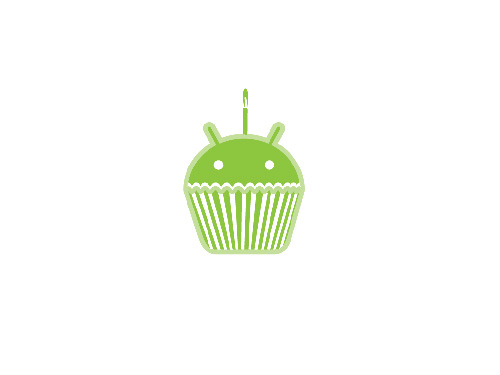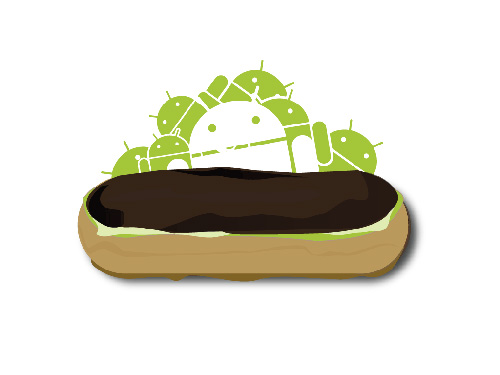When Google’s mobile operating system Android launched in 2008 you could only get one device and it remained that way for some time. That’s definitely not the case in 2010 with all major US carriers snatching up Android devices left and right. Here’s a rather lengthy but concise guide on every Android device that’s currently available or soon to be available. (This guide is applicable for the time being but will change over time as new devices are released along with new builds of Android. We will update accordingly.)
Three flavors of Android currently exist on a number of devices available today from all major carriers in the US. Here’s what you need to know about each.
Android OS version breakdown
1.5/Cupcake Features:
• Ability to record and watch videos with the camcorder mode
• Uploading videos to YouTube and pictures to Picasa directly from the phone
• A new soft keyboard with an “Autocomplete” feature
• Bluetooth A2DP support
• Ability to automatically connect to a Bluetooth headset within a certain distance
• New widgets and folders that can populate the Home screens
• Animations between screens
• Expanded ability of Copy and paste to include web pages
1.6/Donut Features:
• An improved Android Market experience.
• An integrated camera, camcorder, and gallery interface.
• Gallery now enables users to select multiple photos for deletion.
• Updated Voice Search, with faster response and deeper integration with native applications, including the ability to dial contacts.
• Updated search experience to allow searching bookmarks, history, contacts, and the web from the home screen.
• Updated Technology support for CDMA/EVDO, 802.1x, VPN, Gestures, and a Text-to-speech engine.
• Support for WVGA resolutions.
• Speed improvements for searching & the camera.
[youtube=http://www.youtube.com/watch?v=MBRFkLKRwFw]
2.0-2.1/Eclair Features:
• Optimized hardware speed
• Support for more screen sizes and resolutions
• Revamped UI
• New browser UI and HTML5 support
• New contact lists
• Better white/black ratio for backgrounds
• Improved Google Maps 3.1.2 with Turn-by-Turn directions.
• Microsoft Exchange support
• Built in flash support for Camera
• Digital Zoom
• MotionEvent class enhanced to track multi-touch events
• Improved virtual keyboard
• Bluetooth 2.1
• Live Wallpapers
[youtube=http://www.youtube.com/watch?v=opZ69P-0Jbc]
Still with me? Good. Two more things before we jump into the actual phones. HTC and Motorola have built custom UIs (user interfaces) or ‘skins’ on top of Android. Samsung also has a custom UI for Android, but we’ve chosen not to acknowledge it.
Here’s what you need to know about HTC’s Sense UI
[youtube=http://www.youtube.com/watch?v=FKTDSfbcbBU]
An updated version of Sense UI is on the Incredible with one new feature: Leap.
And here’s Motorola’s MotoBlur
[youtube=http://www.youtube.com/watch?v=YedunOzFCx0]




